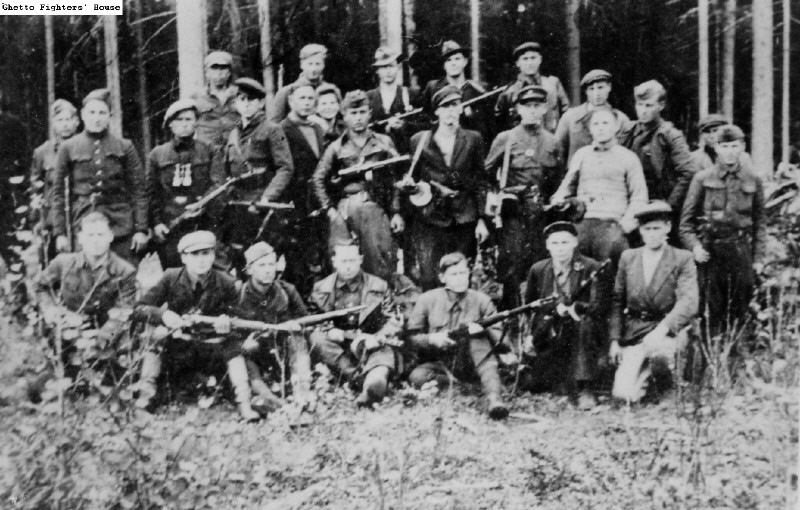That is the infamous D variant, with issues the A and G variants (the ones produced in more significant numbers and those who we see in-game) didn´t face.
Believe it or not: Tigers were actually reasonably reliable when maintained correctly. As the war went on however that became more difficult.
The best "tank" of the war is actually the StuG. It was the backbone of the German armored force and despite a conventional design its gun and small silhouette as well as the production cost made it perform exceptionally well before the German army collapsed totally and they were used as tank-substitutes.
Here is some more:
http://fprado.com/armorsite/tigers-02.htm
"Schwere Panzer Abteilung (Funklenk) 301 - sPzAbt (FKL) 301
Panzer Abteilung 301 returned from the Eastern Front to rest and refit with Tigers to use as control vehicles for the BIV Sprengladungsträger and was organized with a headquarters and three companies each with 10 Tigers. A total of 21 more Tigers were shipped from the ordnance depot between 25 August and 15 September 1944 and an additional ten were taken over from the s.SS.PzAbt.103.
The 301st was first reported on the Western Front by the LXXXI Armee Korps on November 1944 as having 31 Tigers (27 operational) and 66 BIV (61 operational). Four Tigers were lost before the 301st was engaged in the Ardennes Offensive and at the beginning of the attack on 16 December 1944, the 301st reported 27 Tigers available of which 12 were operational. It still had 27 Tigers of which 21 were operational on the Western Front on 30 December 1944. The 301st remained on the Western Front until the end of the War."
So 4 (of 31? of 27?) were lost before the Battle of the Bulge started. Further, on Dec. 16 (first day of the battle) 12 were operational while on Dec. 30th 21 were, implying they were in and out of operation.
Here is another:
"Schwere Panzer Abteilung (Funklenk) 316 - sPzKp (FKL) 316
sPzKp (FKL) 316 was issued 10 Tiger Is in September 1943 and five Tiger IIs in March 1944, which they did not use in combat. Attached to Panzer Lehr Division and engaged in Normandy, the 316th had six out of eight Tigers undergoing repair on 1 July 1944. By 1 August 1944, the 316th was no longer with the Panzer Lehr Division."
And here is a different drawback.. the weight meant the Tiger could not cross most bridges of the time (and Europe is criss crossed by rivers):
Schwere Panzer Abteilung 509 - sPzAbt 509
Tiger I, sPzAbt.509, Russia, 1943.
Tiger I, sPzAbt.509, Russia, late 1943.
"...It must have been an impressive sight as 45 King Tigers started the mission (WILBECK, Christopher W., op cit).
The battalion successfully penetrated the first echelons of the Soviet defenses during this day's operations. There was no intact bridge capable of holding the Pz.Kpfw.Tiger Ausf.B, however, so the German attack continued without sPzAbt.509 for the next few days. During the attack on 18 January 1945, the battalion lost seven King Tigers and destroyed at least 20 Soviet tanks and numerous other antitank guns.
After that, the battalion was engaged in a number of battles in Hungary, supporting the third German offensive toward Budapest and then went to Austria. sPzAbt 509 surrendered to American troops on May 9, 1945, near Linz. The battalion had no tanks - its motorized component was one Schwimmwagen, one radio car, and one truck."









 cblanco ★
cblanco ★  보드카 중대
보드카 중대  VonManteuffel
VonManteuffel  Heartless Jäger
Heartless Jäger 